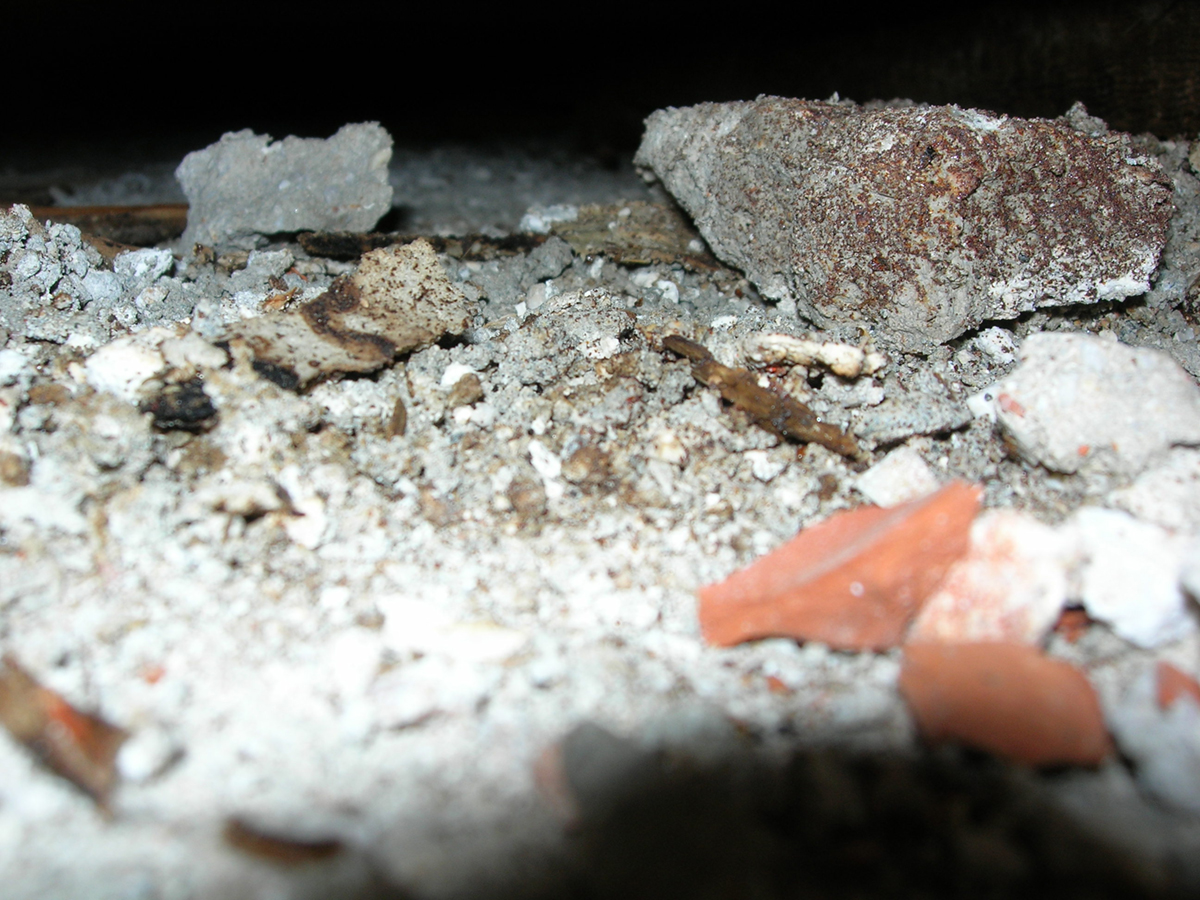
Introduction
Black mold is fungus infestation which is known for inducing various different sorts of health hazards. It occurs rather commonly in places characterized with humidity over 55 percent and those places commonly include dry walls, thermal insulation, carpet, ceiling tiles, wall paper and fiber-board. The toxic black mold is also sometimes referred to as stachybotrys chartarum. The toxic black mold is actually toxic because it contains a substance known by the name of mycotoxin. It is a very light spore and it can be considered as a byproduct or a secondary growth of the toxic black mold. Mycotoxin can be inhaled or it can get inside the human body via skin contact. Sores and open cuts may also serve as an entrance for the harmful mycotoxin. It circulates around the house by means of fans and air conditioning as well. The severity of the infestation of the black mold defines the severity of possible health risks. Those who suffer from respiratory disorders or allergic reaction, pregnant women, those who have a weak immune system, older people, children and infants are usually more prone to serious side effects which are sometimes affiliated with the toxic black mold. The symptoms may also vary, depending on the person.
The symptoms
The black mold produces volatile organic compounds which get released in the air and then later on in inhaled by humans. Once it gets inhaled, it leads to the accumulation of mycotoxins in the human body. The whole thing leads to certain symptoms such as dizziness, headaches, difficulty in concentration and a decreased attention span. The central nervous system and the mucus membrane also get noticeably affected. Black mold is often associated with numerous different sorts of allergic reactions, especially in those who do not have a strong immune system. The symptoms of such allergic reactions commonly include asthma, runny nose, sinusitis, itchy eyes, throat irritation, watery eyes, sneezing and coughing. Black mold may also be affiliated with the occurrence of opportunistic infection in those who have a weak immune system. It is often associated with certain types of fungi such as rhizopus, mucor, cladosporium and aspergillus.
The exposure to black mold can be determined by running certain tests. One of the tests is the measurement of white blood cell counts. The spirometric test examines the functioning of the lungs, while the skin prick test determines if any allergies are present in the patient.



-Does-It-Help-Treat-Allergic-Rhinitis_f_280x120.jpg)
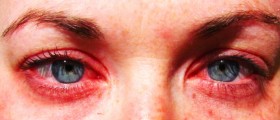
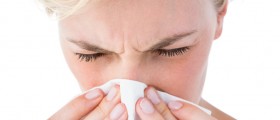
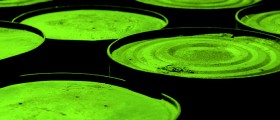



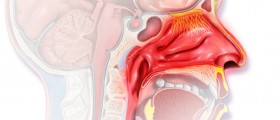






Your thoughts on this
Loading...